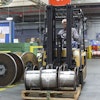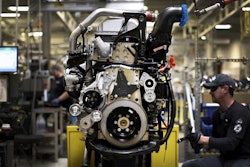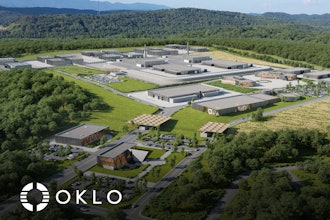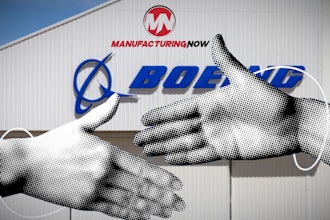In this episode, how the W7-X stellarator could change the future of energy. Welcome to your Manufacturing Minute.
After 22 years, more than $1 billion and 1.1 million hours of construction, the world’s largest stellarator is complete, according to Science Magazine.
First invented in the 1950s by Lyman Spitzer, stellarators rely on external magnets and a twisting frame to direct plasma and sustain a nuclear fusion reaction.
Without getting into too much detail, the W7-X has 425 metric tons of superconducting magnets that need to be cooled nearly to absolute zero, while holding a gas at more than 100 million degrees Celsius.
The stellarator’s main competition is the tokamak, which uses magnets and an electric current to control the plasma’s movement. Tokamaks have, until now, been the focus of nuclear reactor research.
The W7-X will likely be powering up within the month, and if it goes well, it could change the pursuit of clean nuclear energy.
So, What Do You Think?
Do you think this potential development will be worth the decades of research? Or is it just a clean energy pipe dream?
Email us or leave your comments below.
That’s all the time we have today, but tune in every weekday for your next Manufacturing Minute.





















